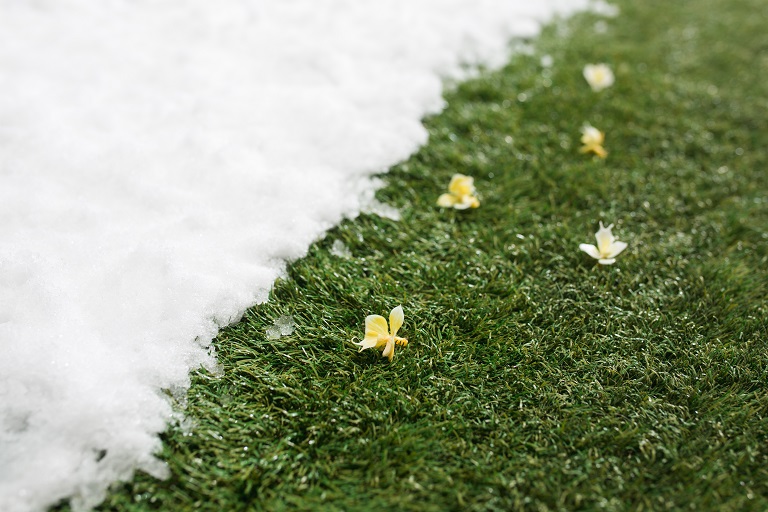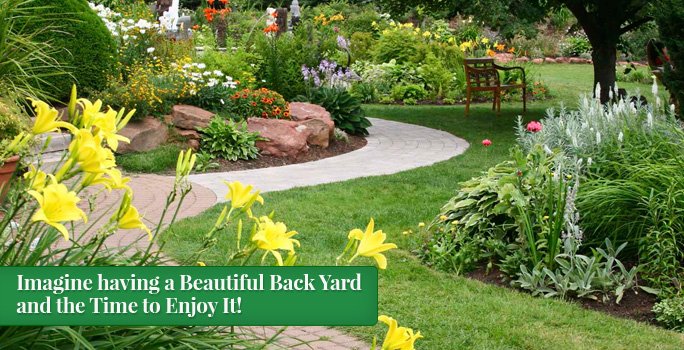
Introduction: As winter brings its frosty embrace, many homeowners find themselves in the familiar routine of scooping and sprinkling sidewalks with ice melt to ward off slippery pathways. While this practice is essential for safety, it’s crucial to be aware that most ice melt materials contain significant amounts of salt, posing a potential threat to the health of plants in your yard. In this guide, we’ll explore the impact of salt on soil and plants and provide effective strategies to protect your yard without compromising safety.
The Salt Dilemma: The common misconception among homeowners is the unawareness of the salt content in most ice melt materials. The repeated use of these products during winter can lead to the accumulation of salt in the soil, causing detrimental effects on plants. The salt, once absorbed by the soil, has the potential to dry out plants from their roots, ultimately affecting their overall health.
Protecting Your Yard:
- Moderation is Key: One effective strategy is to use ice melt products sparingly. Apply them only where needed on sidewalks, understanding that less can indeed be more. By targeting specific areas, you minimize the risk of excessive salt exposure to your yard.
- Contain the Salt: Keep ice melt on walkways and prevent it from spreading into your yard. Allow the ice melt to naturally evaporate rather than sweeping puddles of salty water into planting areas. After the ice has melted, ensure thorough cleanup by sweeping up and disposing of any remaining ice melt.
- Prevent Ice Accumulation: Consider addressing factors that contribute to ice accumulation, such as poor drainage. By improving drainage in your yard, you can reduce the need for heavy ice melt application in the first place. This proactive approach not only safeguards your plants but also minimizes the environmental impact of excessive salt use.
- Post-Winter Flush: If you suspect an area of your landscape has been over-salted, consider flushing it with water once the weather warms up. This helps in diluting the salt concentration in the soil. Additionally, obtaining a soil test can provide valuable insights into whether salt is the cause of any plant damage, helping you make informed decisions.
- Strategic Plant Placement: Evaluate areas that are prone to salt exposure or have been damaged by ice melt in the past. Consider adjusting the planting area or moving plants to safer locations. Mulching these vulnerable areas and using plant containers can act as a protective barrier, preventing direct contact with salt-laden soil.
Conclusion: As you navigate through the winter months, striking a balance between safety and plant health becomes crucial. By adopting these proactive measures and understanding the potential impact of salt on your yard, you can ensure a safer environment for your neighbors and visitors while preserving the well-being of your cherished plants. Remember, holding the salt is not just a plea from your plants; it’s a mindful choice that safeguards the beauty and vitality of your yard.
Click “DO IT FOR ME” to request a FREE quote.

Source: customer-service@bestyard.com in collaboration with Associated Landscape Contractors of Colorado
















